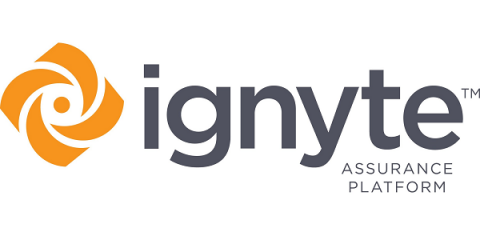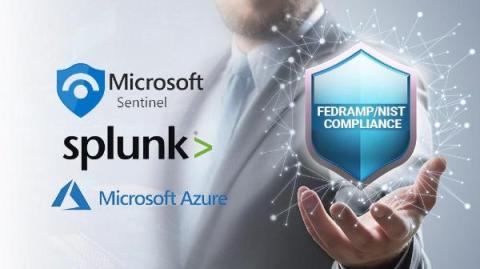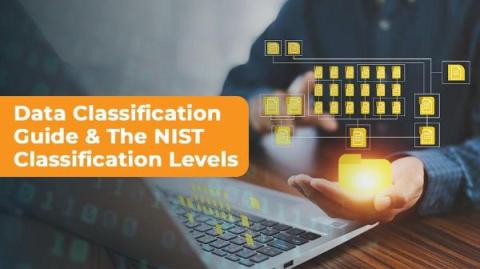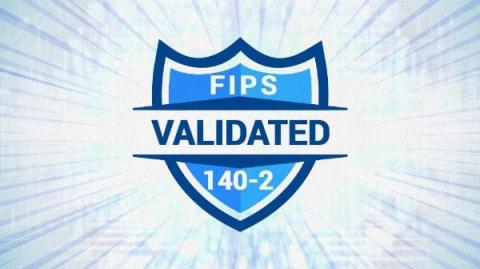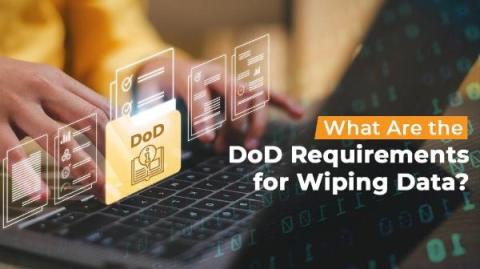Equivalency: The Latest FedRamp Memo From DoD
The Federal Risk and Authorization Management Program has been around for nearly 15 years. In that time, it changed and was updated periodically to keep up with the times. While changes are occasionally made to the underlying security frameworks like FedRAMP, CMMC and the NIST documentation that reviews each security control, there is also communication directly from the Department of Defense and other organizations to issue additional guidance.


